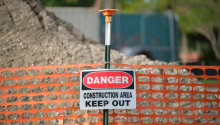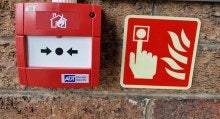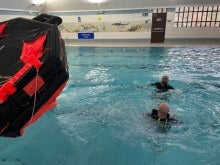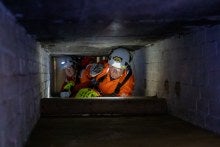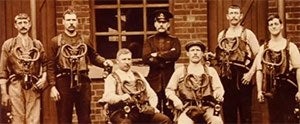Trespassers beware! Explore the risks trespassers encounter on construction sites and where liability falls in the event they become injured or worse.
From hazardous zone classifications to regulatory compliance, explore the complexities, risks & selection criteria for lighting fixtures in confined spaces.
Discover causes of false fire alarms, from technical malfunctions to malicious hoaxes. Protect people & structures by learning how to reduce false fire alarms.
Explore expert insights from the recent IOSH Hazardous Industries Group webinar. Learn about rescue plans, hazards, equipment, training frequencies, and more.
Take a tour of our new City & Guilds-approved Working at Height training courses available exclusively from MRS Training & Rescue. Book you place today!
Learn about STCW courses at MRS Training & Rescue. Book a place on a programme at our state-of-the-art Southampton facilities to start your maritime adventure.
Unnoticed gases can kill in confined spaces. Learn which gases to check for, where they come from, and what constitutes a safe atmosphere in our crucial guide.
Learn about MRS Training & Rescue's cutting-edge new wind turbine training facility in South Wales. Book with MRS and take your skills to the next level!
MRS Training & Rescue resurrects the Challenge Cup! Learn about the revival of the thrilling rescue competition first held in 1989 – its origins and purpose.


